T4K3.news
Perseids peak shadowed by full Moon
The 12–13 August 2025 peak will be hard to see due to a bright Sturgeon Moon, but faint meteors and occasional fireballs may still be visible after midnight.

The Perseids peak this year amid a bright full Moon, challenging visibility but still offering moments of light for careful observers.
Perseids meteor shower tests skywatchers under full Moon
The peak night for 2025 falls on August 12–13. Meteors tend to increase after midnight, with the best viewing just before sunrise, but this year the peak lines up with a bright Sturgeon Moon and will be luminous for observers.
For darker skies, consider viewing on nights between August 16 and 26, though meteor activity will be lower. The timing means a full Moon will still affect visibility, so observers may see fewer meteors than in a darker year. Still, the sky can surprise with occasional fireballs, especially on late-night windows when the Moon has dipped lower.
Tips to maximize your chances include choosing a dark location with a wide view of the sky, lying on your back to look upward, and keeping barriers like buildings or trees out of the line of sight. Bring water, a charged phone, and let someone know where you will be watching. The key is to be patient and prepared rather than chasing the brightest streaks in bright moonlight.
Key Takeaways
"This year's peak unfortunately lines up with a full moon meaning even in dark sky areas it will be impossible to see the full 100 meteors per hour."
Direct quote from Finn Burridge on meteor rates during a full Moon
"However, [the Sturgeon Moon] is no reason not to go out and enjoy the shower - it is still likely that you will see at least 1 or 2 fireballs per hour, even with a full moon."
Encouragement from Burridge despite bright Moon
"Dates nearer to the shower's peak offer the best chance, but this also coincides with the full moon."
Burridge on timing and Moon phase
"After the full moon is more likely the better time to view, since the Moon will rise later in the night, so I would recommend the peak nights as well as weekend of 16 and 17 August."
Burridge on viewing windows
The Perseids story this year centers on a simple truth: nature is beautiful, but human factors like light pollution and lunar brightness shape what we can actually see. The article frames the event as accessible to a broad audience, showing how science communication lowers barriers to a skywatching experience even when the Moon dims the spectacle. It also highlights practical readiness, inviting families and amateur astronomers to plan ahead rather than wait for perfect conditions.
This piece underlines a shift in skywatching culture. It suggests patience and preparation matter as much as timing, and it reinforces that the public can still engage with astronomy even when conditions are imperfect. The result is a realistic, hopeful call to explore the night sky with curiosity and care, not bravado.
Highlights
- Moonlight may dull the show but wonder still gleams
- Patience under the stars pays off when the Moon is bright
- Pack water and a plan and the sky will reward you
- Look up and let the night tell its own stories
The night sky keeps inviting us to look up, even when the Moon brightens the heavens.
Enjoyed this? Let your friends know!
Related News
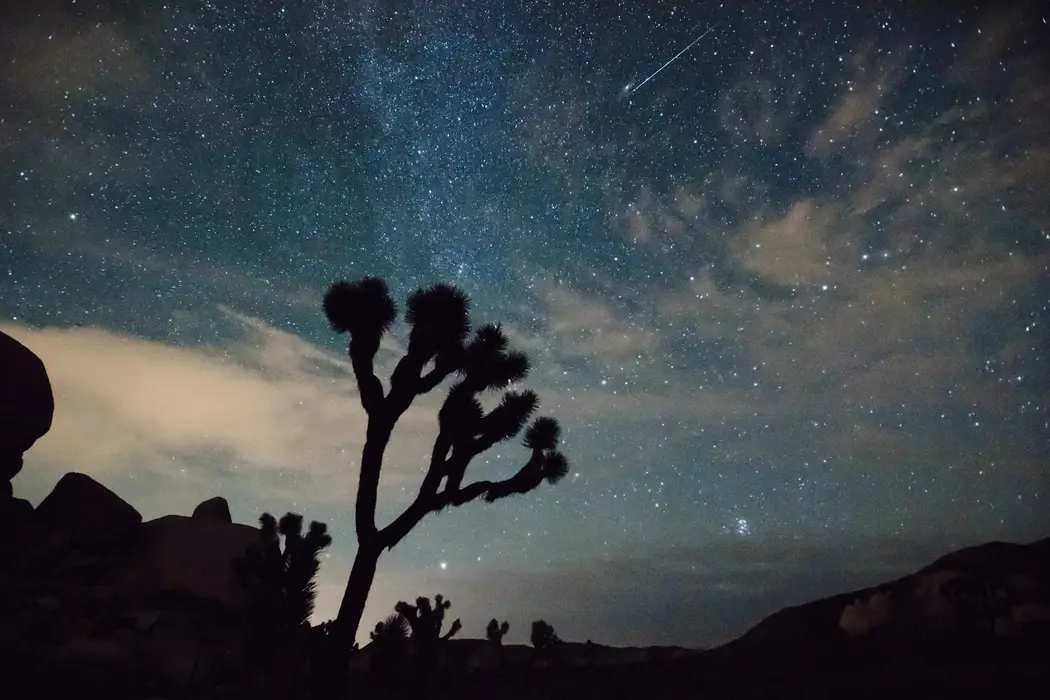
Perseid meteor shower peaks this week
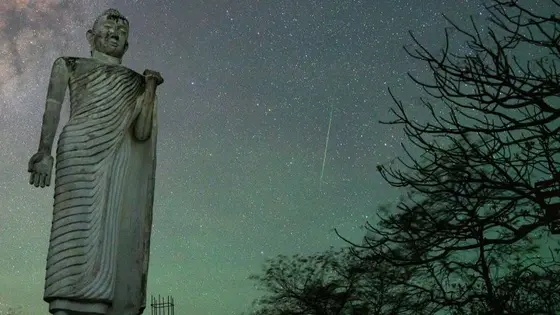
Alpha Capricornids and Southern Delta Aquariids peak this week
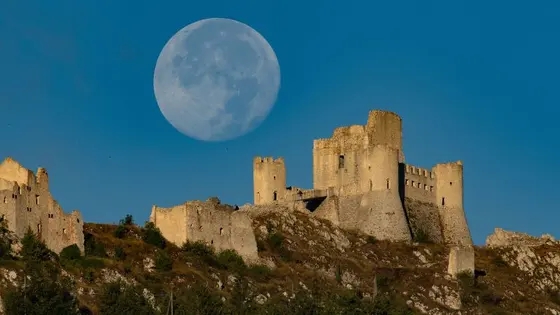
August full sturgeon moon peaks this weekend
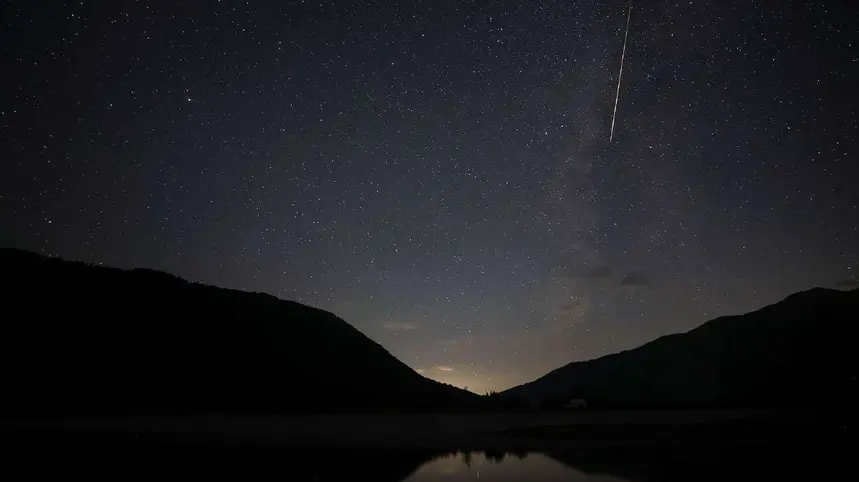
Double meteor shower peaks this week
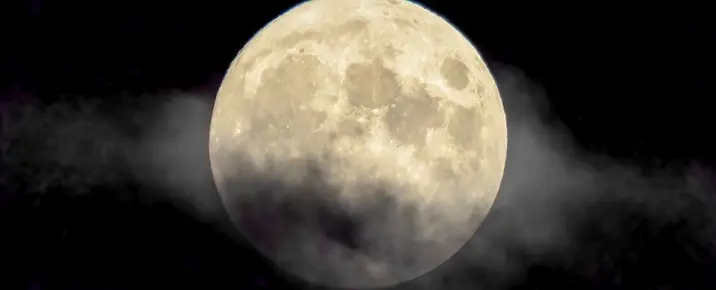
Sturgeon Moon rises this weekend

Sturgeon Moon and Perseids visible together in UK
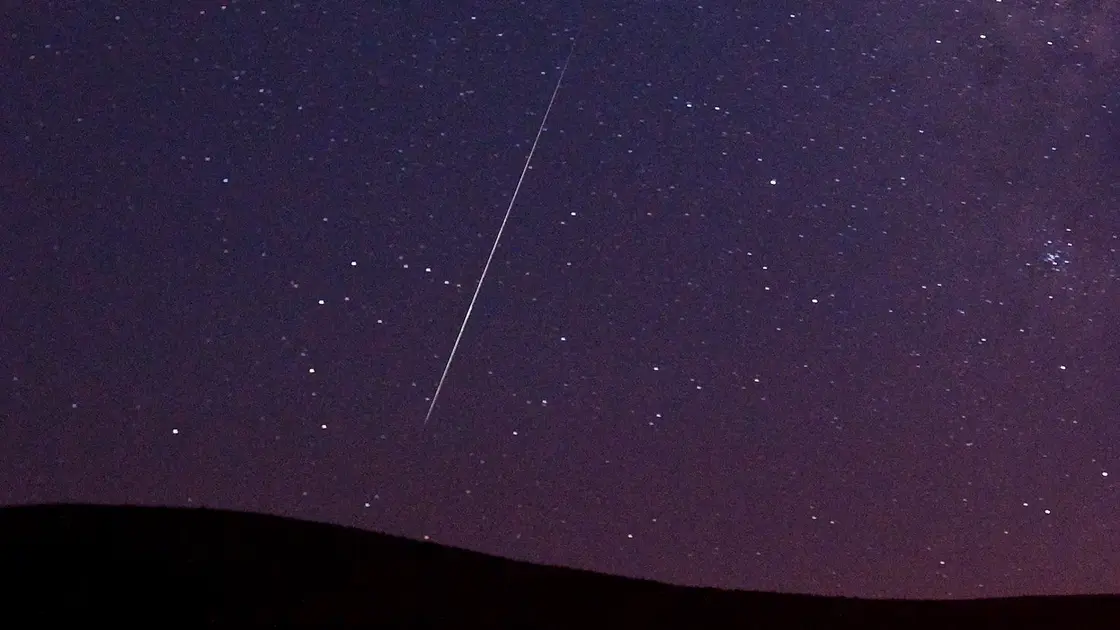
Perseid Meteor Shower Starts Soon
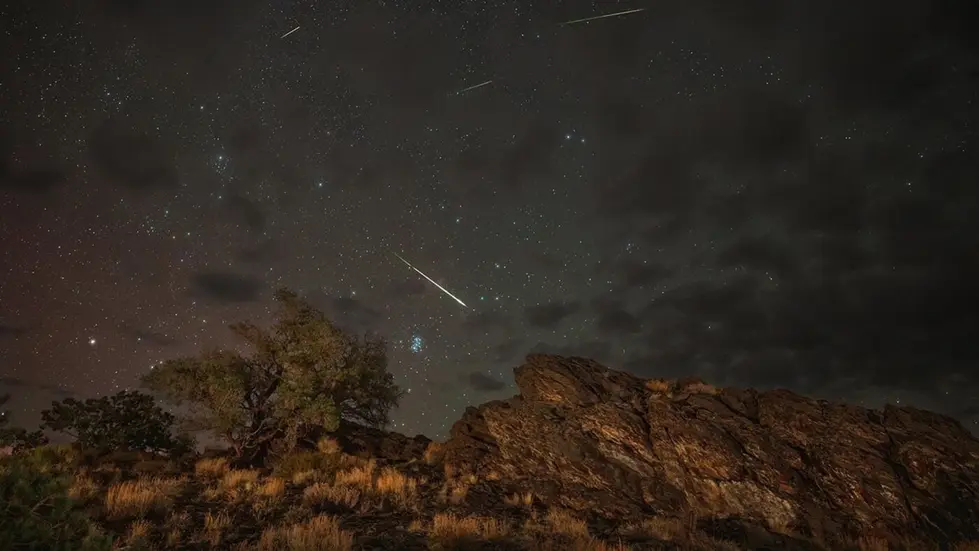
Perseids peak dimmed by moonlight
